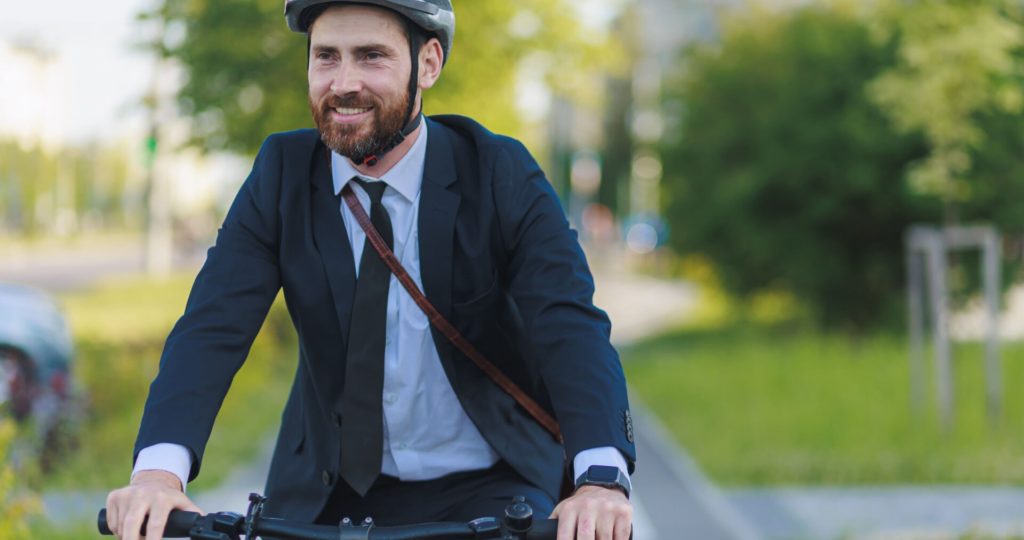
Are you a cyclist in Washington state? Find out about Washington State bike laws today for your safety.
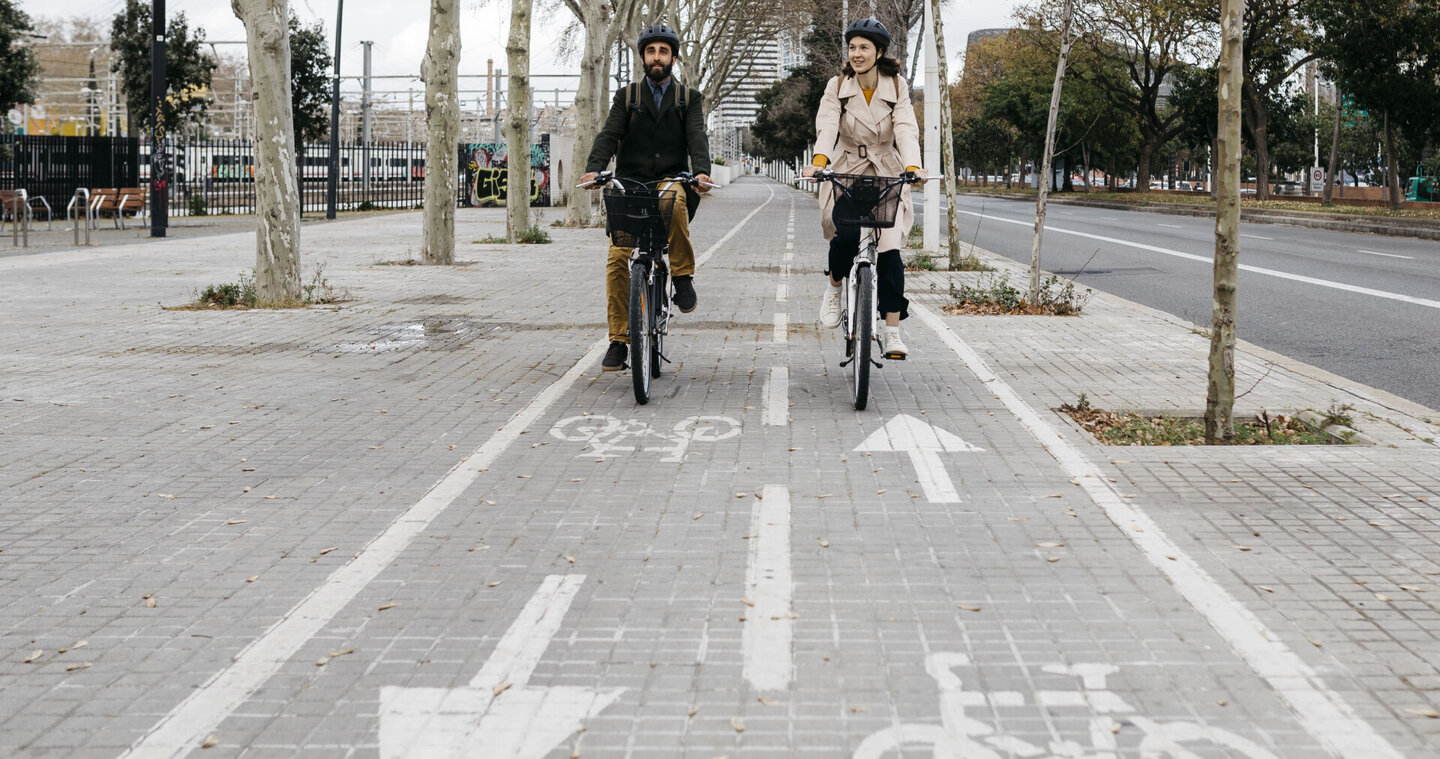
Knowing the laws of the road can help ensure your cycling experience is safe and enjoyable. If you’re looking for expert opinion on bicycle legislation, Wattel & York Attorneys at Law have years of experience helping cyclists stay aware of their rights in Washington State. We’ll clarify bike key laws to ensure every cyclist understands their rights given any situation on the roads.
Let us be your source for helpful information about bicycle laws in Washington so that riding your bike continues to be an enjoyable pastime for years to come! With our professional advice, we’ll ensure that cyclists are up-to-date with current regulations and better prepared when on the roads.
Contact us today to get started and protect yourself while cycling in Washington State!
In this blog post, we’ll examine some bike key laws and what they mean for cyclists.
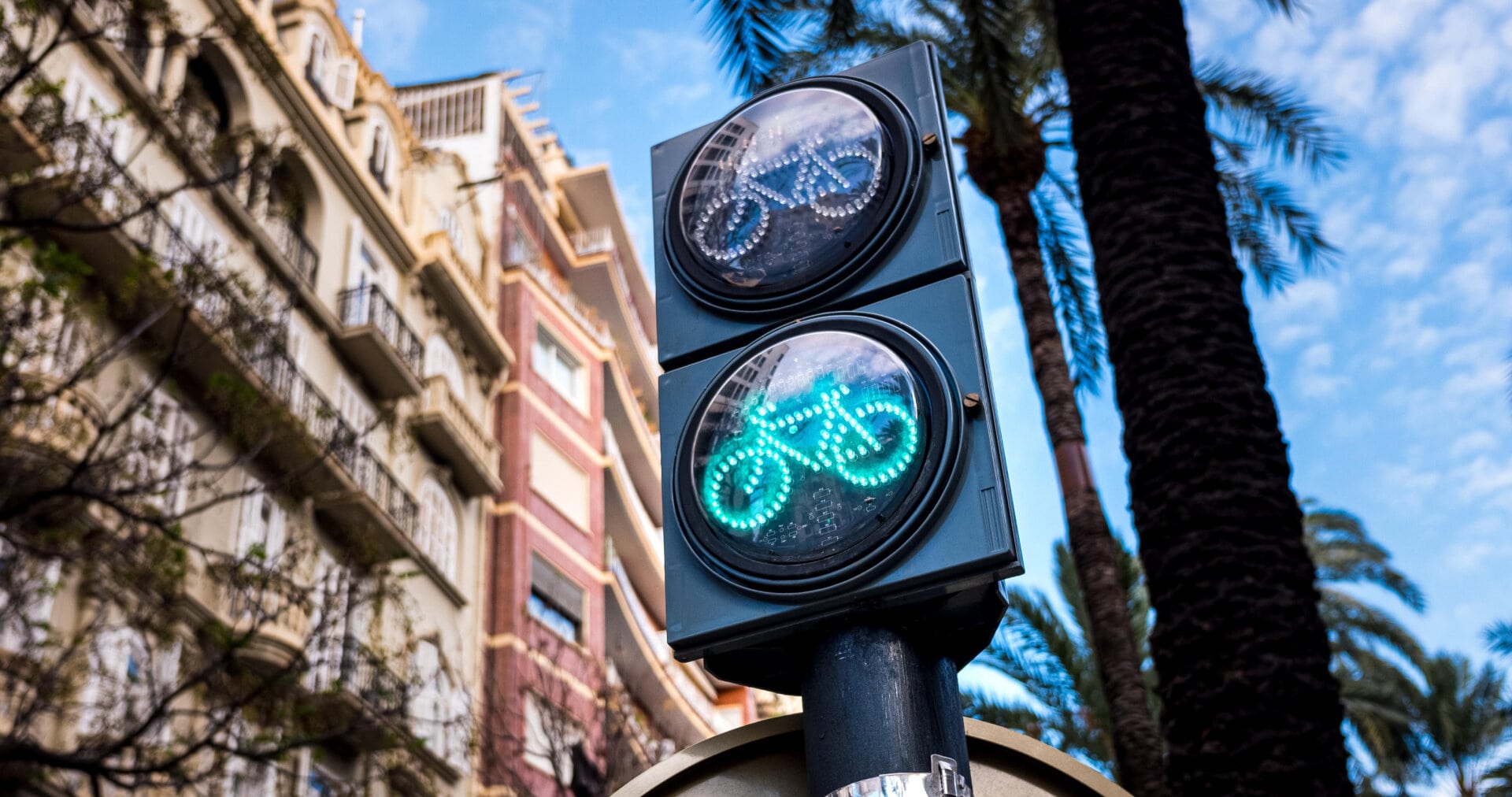
These particular laws exist to protect the safety of both motorists and bicycle riders. As negligent driver continues to pose a threat, bicyclists must adhere to the rules of the road that apply to them. When approaching a stop sign (or other traffic control device), American bicyclists must safety stop sign at the designated limit line if available or before entering the crosswalk or intersection. The cyclist must honor all right-of-way rules of the road and proceed cautiously through stop signs and traffic lights like motorists do. Understanding and abiding by bike laws will help keep cyclists safe and minimize conflicts between automobiles and bicycles that share public roads.
Bicycles and other people riding on human-powered devices are considered vehicles in Washington state and are subject to the same laws as motorized vehicles. In particular, a person riding a bicycle in King County must obey school buses’ stop signs and signals, yield to pedestrians, and ride both to the right side of the road, except when passing another person riding a bicycle or vehicle motor drivers turning left. They must also ride with traffic, not against it. Furthermore, a person operating a bicycle should use both the front and rear lights when traveling at night or under poor visibility conditions. Drivers of vehicles overtaking a person driving a bicycle must give them 3 feet of clearance from either side while passing. By following all relevant laws and exercising caution when interacting with other people riding bicycles or vehicle drivers, everyone is ensured their bike rides will be safe and enjoyable.
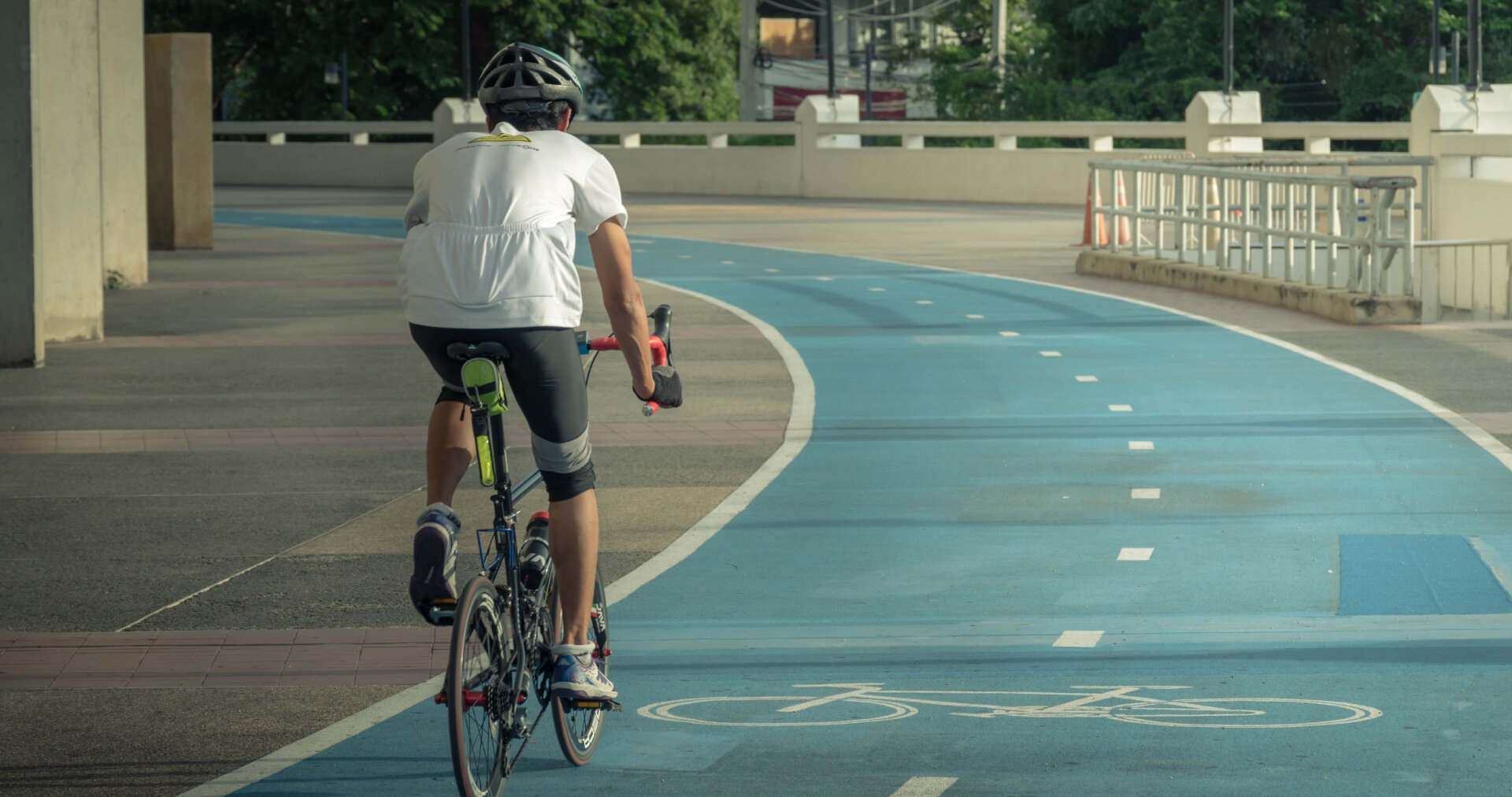
Washington state law requires that all cyclists ride with traffic, not against it.
Washington State Bicycle Laws define bike riders as vehicle operators and require them to abide by the same laws as drivers. This means cyclists must ride with traffic, not against it, and be mindful of the bike lane rights-of-way. They must obey all traffic signs, including safety stop signs, and obey traffic lights, usually yielding to other vehicles at intersections. Additionally, bike riders are responsible for recognizing their rights and responsibilities to keep bicycles safe on the road. Following state laws is key to ensuring a safe bike riding experience for all Washingtonians – cyclists included!
The state has local governments that oversee their own bicycle laws. These local laws cover aspects like only one person being allowed to ride on a single bike and that a local speed limit is a maximum speed for cyclists to obey. One such local law applies to King County, where The King County Board of Health recently amended and revised local laws concerning bicycles: riders must wear proper helmets at all times, and carrying more people is illegal than the bike was originally intended to accommodate. All cyclists operating within this state should ensure they stay informed of local bicycle laws; this helps maintain safety while reducing potential liability in case of a bicycle accident.
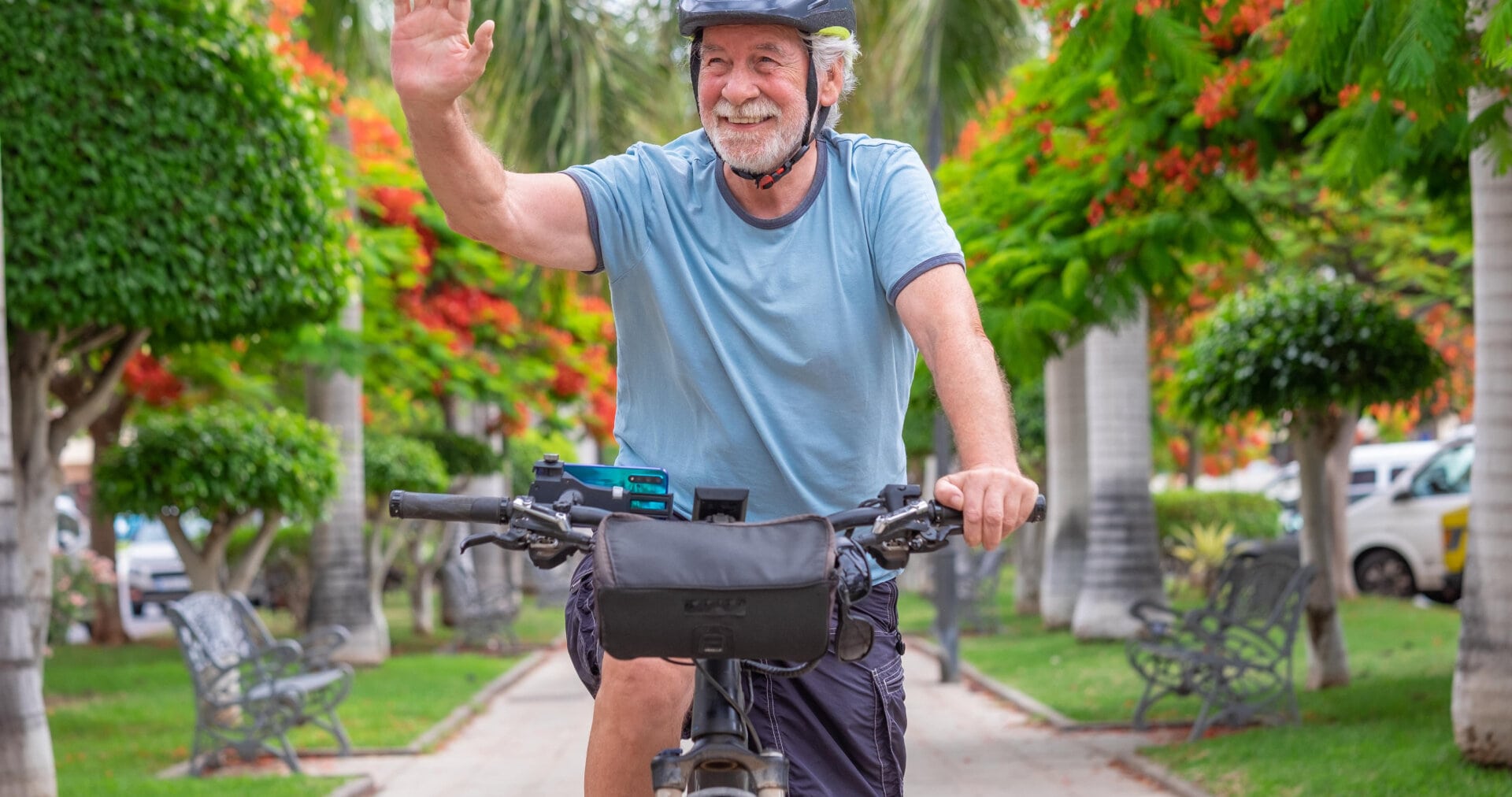
Cyclists must use hand signals to indicate when they’re turning.
Using hand signals when bicycle riding is not only good bike etiquette, but it’s also the law. According to Washington State’s bicycle laws, cyclists must always use hand signals when turning at bike lanes, stop signs, and other locations. Cyclists should also be aware of school buses with their stop signs displayed because they supersede bike lane rules in most areas. Practicing safe bike riding is of utmost importance, and obeying all laws of bikes by using required hand signals when turning is a small but important part of this.

Helmets are required for riders under the age of 18
In Washington State and many other locations, traffic laws require people under 18 to wear helmets when riding motor vehicle legally. This is important because not only does it help protect them if there is a crash, but wearing a helmet can also allow them to maneuver through bike road lanes and view traffic in a way that makes following roadways, intersections, and stop signs safer. Furthermore, it sets an example for younger riders that safety should come first by demonstrating safe practices while on the road. Wearing helmets is an essential element of motor automobile safety that helps riders of all ages stay safe while operating motorbikes or motorized scooters.
In Seattle, bicyclists must obey the same traffic laws as motor vehicles. All bicyclists must wear helmets and ride at a reasonable speed. They should especially be aware of their reduced visibility when passing by school buses or other vehicles. Additionally, recklessness can endanger all other cars, trucks, and pedestrians. As such, Seattle bicyclists need to know, understand and abide by the respective traffic laws of Washington State and their local community to keep everyone safe.
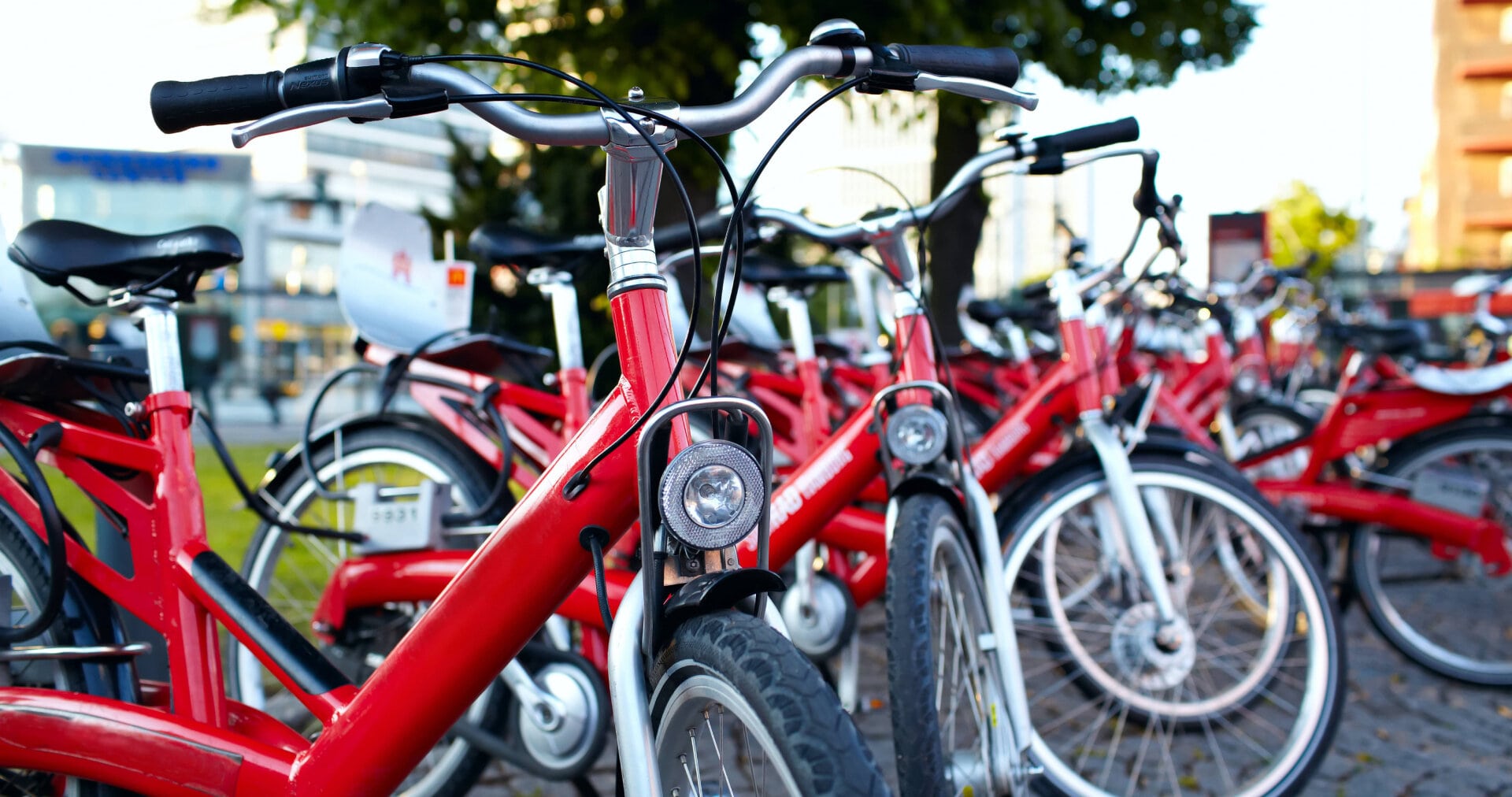
Bicycles must have a white headlight and red taillight if ridden at night.
Proper lighting is imperative for any cyclists that plan to ride at night. Most laws of bikes require that a bicycle be equipped with a white headlight and a red taillight if the bike is used after dark. These lights provide necessary visibility for the cyclist’s safety and other motorists on the road. It’s important to obey all traffic signs and lights, heed stop signs and obey all road rules when riding a bicycle, regardless of day or night, but having these front and rear lights can help those around you better anticipate your actions during night-time rides. Bicycle safety is always important, so don’t forget your white headlight and red taillight!
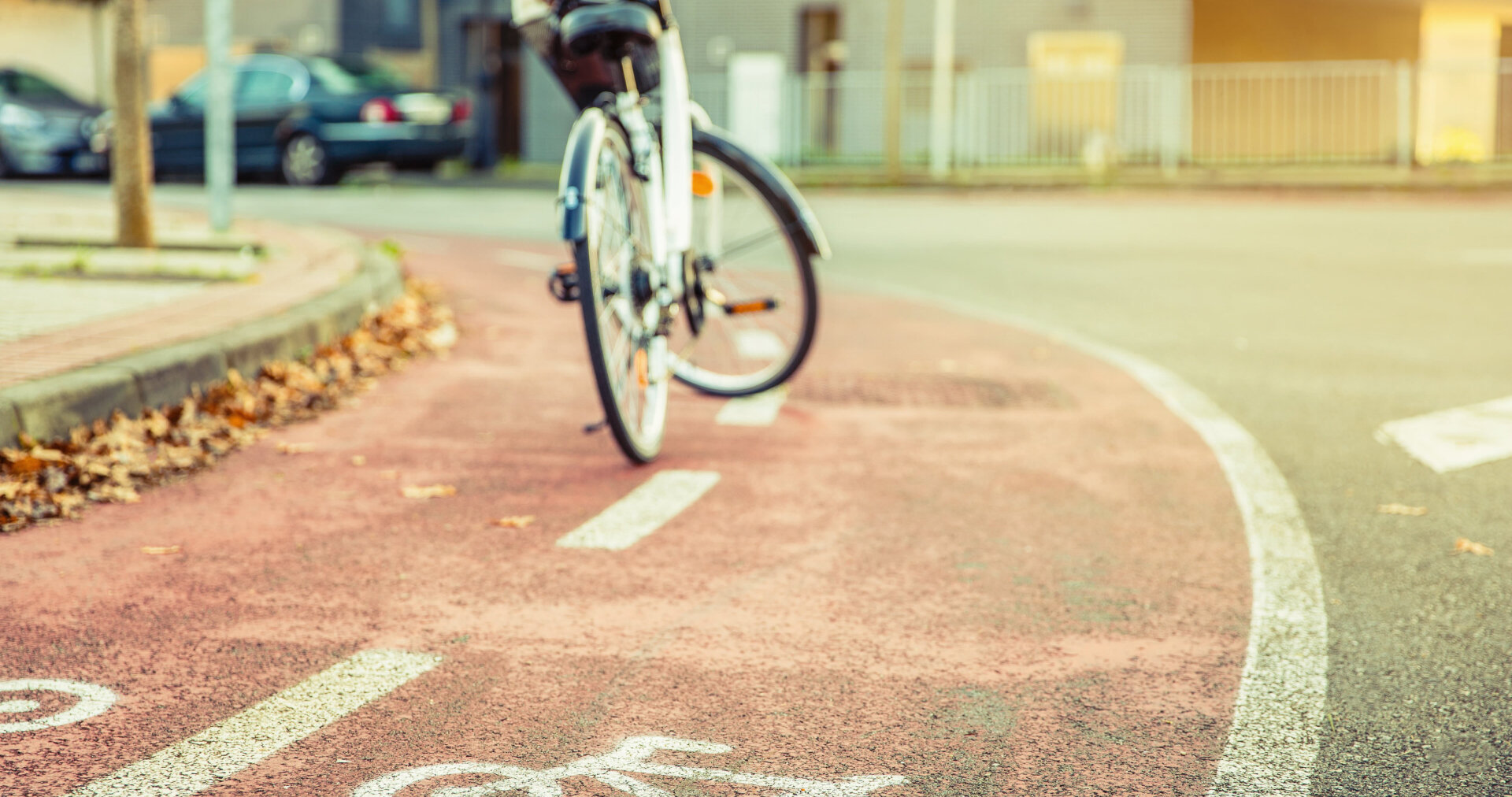
Riders are allowed to ride on the shoulder of the road if no bike lane is present.
Riding on the shoulder of the road for bicycle riders can be a safe practice to avoid bicycle accidents. This is allowed in certain states when there is no bicycle lane present by bicycle and motorcycle laws. To be safe, bicycle riders should use a white light at night and remain aware of their surroundings, especially traffic from behind them. When in doubt, bicycle riders should also consider their state’s bicycle laws to ensure they abide. Before negotiating turns or making complete stops, bicycle riders should always signal left using their left arm unless otherwise indicated by local law. Taking the necessary safety-stop measures while riding is important to protect yourself and those around you.
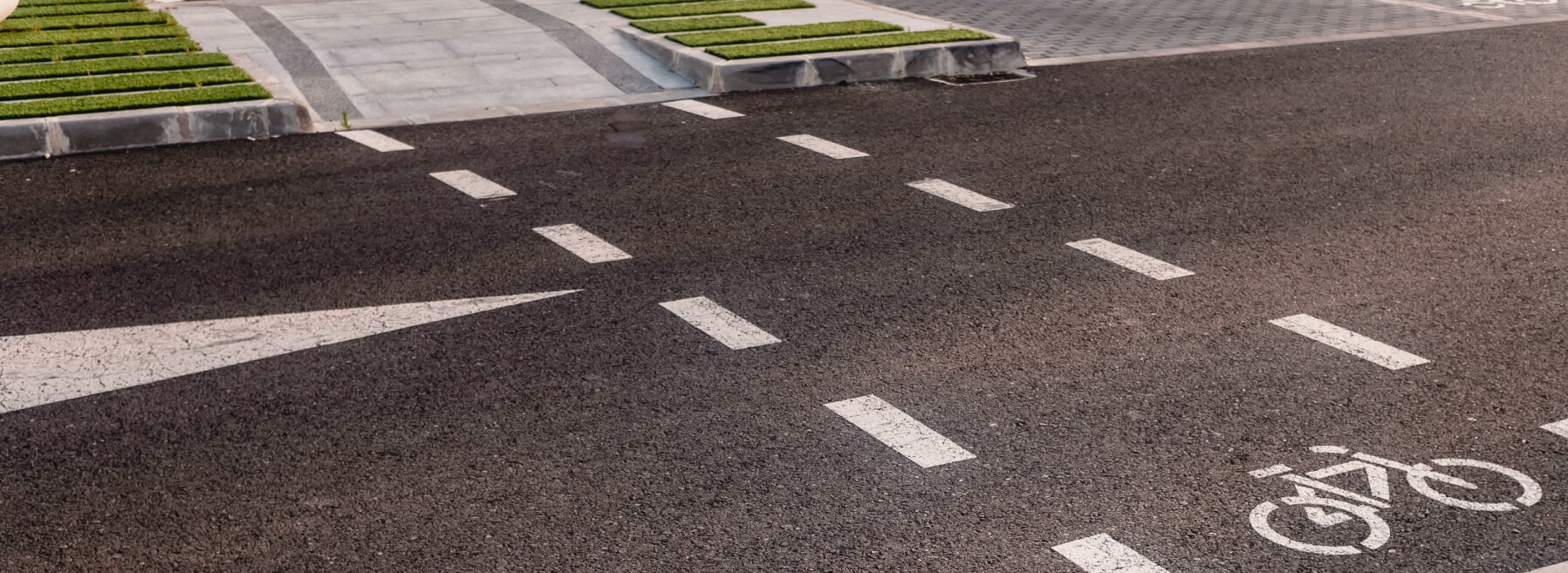
Remember to yield to pedestrians – they always have the right of way!
It is important to remember that motor vehicles always need to yield to pedestrians, regardless of the situation. In Washington State, bicycle and pedestrian laws state passing drivers must stop and yield when they see unreasonably inconvenience pedestrians facing them with a red rear light as they cross the roadway – no matter what direction they’re facing. It is crucial for motor vehicle occupants to pay attention because pedestrians always have the right of way – any distraction or carelessness can result in an unfortunate accident. By consistently yielding to pedestrians, motor automobile operators add safety for everyone on the roadway.
With an increasing number of cyclists on the roads of Washington state, it is important always to be aware and ride responsibly. All cyclists must obey the state laws and remember that riding with the traffic flow is safer than against it. Hand signals should be used appropriately, and each rider should have a white headlight and red taillight if out at night. Additionally, bicycles are allowed on the shoulders of the roads in case there are no bike lanes available, but riders must still yield to pedestrians who always have the right of way. These regulations must be followed to ensure a safe and not ride carrying anything that may pose a danger for all individuals traversing Washington state roads! At Wattel & York Attorneys at Law, we are passionate about cycling safety and provide a free consultation to ensure you ride safely around state roads. Our team is here if you’re starting or need help brushing up on your bike safety knowledge. Contact us today for assistance!
 253.471.1075
253.471.1075